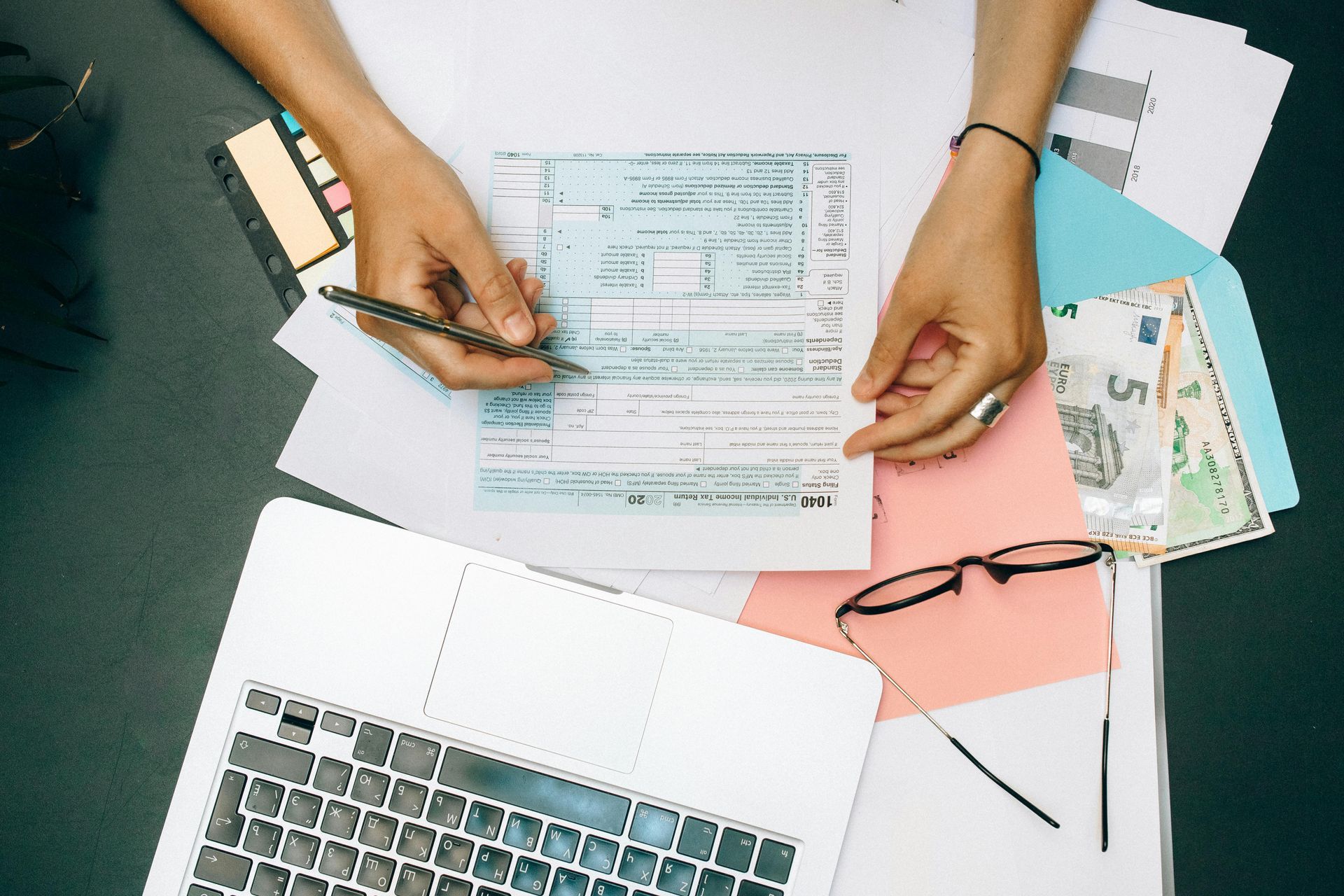How to Prepare for a Union Benefit Fund Audit Without Losing Your Mind

Union benefit fund audits can be time-consuming, but with a proactive strategy and organized documentation, you can streamline the process and minimize disruption. This checklist provides a comprehensive approach to preparing for union benefit fund audits, including recommended timelines, document retention strategies, and key considerations for fund-specific practices.
6 to 12 Months Before the Audit Period
Establish strong practices early to avoid retroactive corrections, which are often more difficult and time-intensive.
1. Identify Your Likely Audit Window
Many benefit funds conduct audits every one to three years for each producer. The Motion Picture Industry Pension and Health Plans (MPIPHP), for example, may audit annually if a production involves significant contributions. Confirm your expected audit cycle with each applicable fund.
2. Determine Which Funds Apply to Your Production
Each union and guild has its own benefit fund:
- IATSE: Motion Picture Industry Pension and Health Plans (MPIPHP); IATSE National Benefits Fund (IANBF)
- Teamsters Local 399: MPIPHP; Western Conference of Teamsters Pension Trust
- DGA: Directors Guild of America-Producer Pension & Health Plans
- WGA: Writers Guild-Industry Health Fund & Pension Plan
- SAG-AFTRA: SAG-Producers Pension & Health Plan
Each fund audits independently, but overlapping timelines are common on multi-union productions.
3. Maintain Accurate Contribution Controls
- Confirm that occupation codes are correctly mapped by union classification.
- Match timecard entries to the appropriate fringe categories.
- Use contribution logs to reconcile gross wages against fundable earnings.
- Reconcile payroll and fringe reports monthly, not only at wrap.
4. Organize and Retain Critical Documentation
- Centralize all signed start forms, deal memos, crew lists, and final timecards in a secure, searchable location.
- Digitize any paper documents and create regular backups.
- Use a standardized folder structure organized by department, crew member, and payroll week.
Pro Tip: Implement naming conventions such as "Department_CrewName_WeekEnding" to ensure consistency and facilitate quick document retrieval.
2 to 4 Months Prior to Wrap
Begin audit preparation while production is still active to ensure timely resolution of any discrepancies.
5. Conduct Fringe Reconciliation Before Final Payroll
- Audit payroll against contribution summaries on a weekly basis.
- Review benefit fund reports generated by the payroll provider for accuracy.
- Ensure that all crew members are classified appropriately and that no union crew are mistakenly treated as non-union.
6. Document Exceptions Clearly
- If any individuals opted out of benefit due to benefit redirection documents, retain written confirmation and all documentation.
- Maintain correspondence explaining gaps in employment, short workweeks, or role changes.
7. Finalize All Re-rate Requests
Re-rates due to occupation code corrections or pay adjustments should be resolved and reflected in the final payroll records. Unresolved re-rates are a common issue during audits.
At Wrap: Compile Your Audit Package
Develop a comprehensive and well-organized wrap file to serve as the foundation for any upcoming audits.
8. Prepare a Digital Wrap File or Binder
Include the following:
- Signed start forms and I-9 documentation
- Deal memos
- Final gross wage reports
- Final fringe benefit reports by union
- Timecards (weekly and final)
- Check registers and payment documentation
- Petty cash logs, particularly for off-site or travel-related expenditures
- Master crew list with job titles, union affiliation, and contact information
9. Save Year-to-Date Payroll Summary Reports
Many benefit funds request a detailed report of total earnings per employee. Prepare and retain both PDF and Excel versions of this data.
10. Track Work Locations
Funds such as MPIPHP require documentation of jurisdictional compliance. Maintain a log showing shooting locations and corresponding work dates.
1 to 3 Months After Wrap (When the Audit Notification Arrives)
Audit notices are routine. Prompt, organized responses are essential to a smooth audit process.
11. Clarify the Scope of the Audit
Confirm the specific time period under review, which departments are included, and whether any issues from previous audits are being reexamined.
12. Designate a Point of Contact
Assign a single person—typically the payroll accountant or production accounting lead—to coordinate audit communications. This ensures consistency and avoids conflicting responses.
13. Confirm Deadlines and Request Extensions if Needed
Most audit notices come with a 10 to 15 business day response window. If additional time is required, request an extension in writing as early as possible.
14. Verify Preferred File Formats
Some funds require searchable PDFs, while others request Excel files. Clarify formatting preferences in advance to avoid delays caused by reformatting.
Fund-Specific Considerations
SAG-AFTRA
- Auditors may request detailed performer payment breakdowns, including schedule sheets and calculations for adjusted grossing-up.
- Review buyouts and ensure any payments that cross eligibility thresholds are properly reported and pensioned.
Directors Guild of America (DGA)
- Include documentation for completion-of-assignment pay, as well as timecards showing all worked days.
- Ensure reports reflect payments for meal allowances, rest period violations, and extended day provisions.
Writers Guild of America (WGA)
- Monitor for over-scale payments that may not have been pensioned correctly.
- Retain proof of script delivery and applicable milestones, particularly for weekly employment or one-step deals.
IATSE / MPIPHP
- Include weekly crew lists and fringe contribution summaries.
- Ensure that any changes to occupation codes are reflected in the final reports.
- Provide jurisdictional documentation for crew hired or working outside the Los Angeles area, as this can affect fund eligibility.
After the Audit is Complete
15. Retain the Final Audit Report and Clearance Documentation
Archive the audit summary and any final approval or clearance letters. Studios often require this documentation prior to issuing certain post-production payments.
16. Resolve Any Payment Discrepancies Promptly
If the audit reveals underpaid contributions, coordinate with your payroll provider to issue corrections and remit payment as soon as possible to avoid penalties or interest.
17. Conduct a Post-Audit Review
Hold an internal debrief to identify areas of improvement, clarify outstanding questions, and adjust your documentation processes in preparation for future audits.
Conclusion
Union benefit fund audits are a standard part of production operations. By preparing early, maintaining accurate records, and understanding the specific requirements of each fund, production teams can meet audit requirements with confidence and avoid costly delays. Thoughtful preparation is not just about compliance—it is a demonstration of sound financial and operational management.









